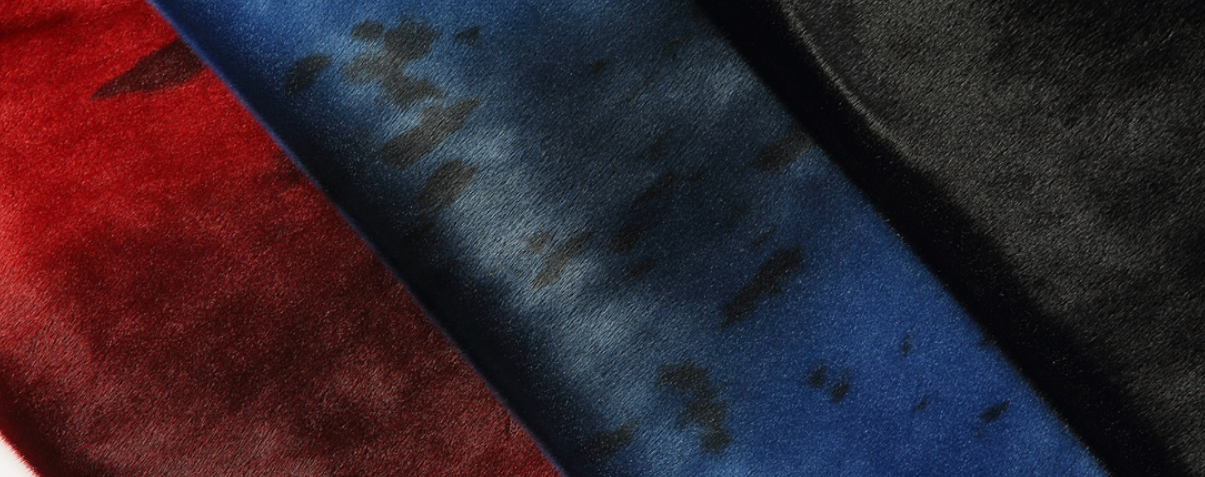News
Understanding different types of furs
With dozens of types of fur out there, each one serves its own purpose while giving each piece a look that can’t be recreated with any other materials. Here are the types of fur out there that you can find from local harvesters.
It’s the oldest industry in Canada and it’s still going strong—especially in northern Canada. There are so many kinds of fur to choose from and that varies changes depending on which region you travel to—there’s an abundance of seals in Nunavut, while in the NWT you may find more martins. And with each one of those furs, the characteristics change completely—some are warmer, thicker, or more waterproof than others. So what kind of fur should you be looking for? Here’s an intro to the different types of fur up North.
Beaver
View this post on Instagram
“Beaver is the number one trim for most items up here,” says Francois Rossouw, who previously worked for the Government of NWT’s Genuine Mackenzie Valley Fur Program. He adds that it’s “very versatile and most sought after fur by northern artisans.”
The fur trim is often used for items like moccasins, mukluks, and mitts—though many people up here will use moose or caribou hide for the palm side of the mitts. What makes beaver fur unique is that it has two layers—the underlayer and the long guard hairs on top that protect the beaver from exterior harm. That guard layer does add extra warmth as well as the additional waterproof material, but many designers shear the beaver fur, to reveal the soft, almost velvet-like material underneath. That is the warmest part of the fur—and arguably one of the warmest furs out there in general.
Fox Fur
When looking to buy a new parka, you’ll often find the long fluffy trim on the hood belongs to a fox. There are several types you can get. There’s red, Arctic, or silver fox, among others, and they are each different in colour. Some are better for dyeing, like the white fox. Designers will often dye it colours like red or blue.
“Fox is great because you can get it in multiple colours and it’s light. You can put it on any sort of garment,” says Rossouw.
Regardless of the colour, that use of fur on the hood is completely necessary up North amidst the frigid temperatures, as it cuts the wind. However, Rossouw says wolf or wolverine are superior to fox when it comes to the trim of a hood. “Because when you breathe on it, it doesn’t frost up,” he explains.
Seal Skin
For other furs that are easy to dye, many artists and designers turn to seal skin. “The reason why seal skins are often dyed is because there is a lot of staining that happens naturally with seals,” Rossouw says. “The dyeing of sealskin has really come on strong in the last I’d say 10 to 15 years and there’s some beautiful colours out there too. And I like to see it because if you go up North to some of the smaller communities, especially on the coast, it’s nice to see colour on people’s clothing versus just the muted colours.”
Seal skin is of course warm, but it’s especially waterproof and as well as flexible enough to use for pretty much anything from earrings to boots to cushions.
Why is real fur better than faux fur?
Rossouw has another name for faux fur—chemical fur. “It is a complete disaster,” he says. “What is quite shocking is that people think it’s environmentally friendly to use faux fur over real fur and it’s the complete opposite.” He explains that chemical fur is made of plastics which sheds and ends up as microplastics in our oceans, animals and in humans. It doesn’t decompose and will sit in landfills for centuries, whereas real fur will eventually degrade into the earth with no ill effects, making it completely recyclable. “On top of that, it looks far better than faux fur,” Rossouw says. “You can tell right away when somebody’s got a faux fur parka trim on because it just looks silly. It looks like somebody’s wearing a wig, you know, or a toupee.”
Why should we continue to support the fur industry?
Fur trapping is a big part of many Indigenous cultures. And by buying real fur from those who harvested it, it is supporting their culture, tradition and connection to the land. “It’s an activity that Indigenous people have been doing for hundreds of thousands of years and I think to support them and carry that on, one way we can do that is to support them financially by buying and wearing fur.”


 Français
Français 简体中文
简体中文 ᐃᓄᒃᑎᑐᑦ
ᐃᓄᒃᑎᑐᑦ